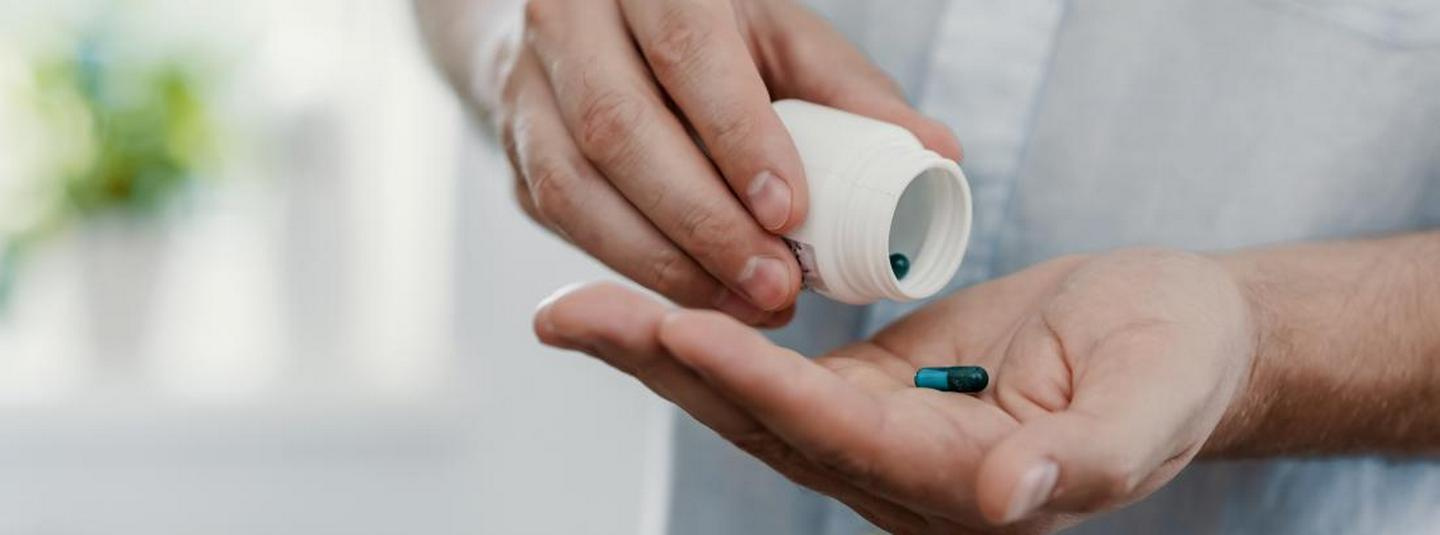

Antiretroviral therapy is integral to comprehensive medical care of HIV patients since effective treatment leads to a significant reduction in morbidity and mortality associated with HIV. The goal of antiretroviral therapy is to maximize the suppression of HIV replication, restore the immune system function, lengthen and improve the quality of life of HIV-positive people, prevent AIDS-related diseases and HIV transmission.
From an economic point of view, adequate access to antiretroviral therapy can reduce expenses on treating opportunistic infections (hereinafter – OI), in-patient treatment and care of the seriously ill.
From the epidemiological point of view, effective antiretroviral therapy, by maximally inhibiting the replication of HIV in the body of an HIV-positive person, reduces the risk of HIV transmission. Thus, universal access to ART for all HIV-positive people who need it is one of the decisive factors in reducing the occurrence of HIV, and the most important component of the effective prevention of HIV / AIDS.
As of 01.01.2015, ART in Ukraine was provided in 216 health facilities of the Ministry of Healthcare and National Academy of Medical Science of Ukraine, including 25 regional centers for the prevention and control of AIDS (excluding Crimea and Sevastopol-City.), 14 city centers for prevention and countering of AIDS, 10 anti-tuberculosis institutions, 2 STIs, 2 narcological and 1 mental neurologic hospital, 160 city / district hospitals, TMO, policlinics, National Specialized Children’s Hospital ‘OKHMATDYT’ and SI ‘Institute of Epidemiology and Infectious Diseases of the National Academy of Medical Sciences of Ukraine’.
Absolute numbers
Donetsk, Dnipropetrovsk, Odessa, Cherkasy, Poltava, Mykolayiv, Luhansk, Kharkiv, Kherson, Lviv, Zaporizhzhia, Khmelnytskyi, Kyiv, Sumy, Vinnytsia, Rivne, Kyiv-city, Ternopil, Zhytomyr, Kirovohrad, Volyn, Chernivtsi, Ivano-Frankivsk, Zakarpattia
Figure 24: The number of establishments providing antiretroviral therapy in Ukraine as of 01.01.2015]
As of 01.01.2015, the facilities of the MOH, NAMS and the State Penitentiary Service of Ukraine provided ART to 66,409 people. The facilities of the Ministry of Healthcare and NAMS of Ukraine provided ART to only 64,405 patients: from the state budget – 51 754, funded by the GF – 12 569, funded by AHF (AIDS Healthcare Foundation) – 82 people. Data on AR Crimea at the expense of the state budget are presented as of 01.07.2014, funded by the GF as of 01.09.2014, on Sevastopol-city for both funding sources the data are as of 01.12.2014.

Children (aged 0-17 years) receive ART exclusively at the expense of the state budget. At the end of 2014, their number was 3080 persons, accounting for 4.8% of the total number of people receiving ART.
In the institutions of the State Penitentiary Service of Ukraine as of 01.01.2015, 2004 persons were receiving ART at the expense of the GF, the data on Crimea are presented as of 01.03.2014.
By 2014, the number of people receiving ART in Ukraine in HCF of the Ministry of Healthcare and National Academy of Medical Science of Ukraine grew by 11,242 people (21%). This indicator is quantified as ranging from 38 people (an increase by 13.7%) in the Chernivtsi region to 2,480 people (an increase by 34.8%) in the Donetsk region.
Treatment of people receiving ART in institutions of the Ministry of Healthcare and National Academy of Medical Science of Ukraine is provided from the state budget to 51,754 persons (80.4%), from the GF Round 10 as part of program ‘Support for HIV and AIDS Prevention, Treatment and Care for Most Vulnerable Social Groups in Ukraine (mainly patients with dual HIV / TB and triple HIV / TB / IDU pathology) it is provided to 12 569 persons (19.5%), another 81 persons (0.13%) receive it at the expense of Anti-AIDS Foundation USA in Ukraine (AHF).
As of 01.01.2015, ART coverage among persons who are under medical supervision in establishments of the MOH and the NAMS of Ukraine and have indications for ART (in accordance with form No. 56) is 95.4% (64,405 persons of 67,489), specifically for adults – 95.2% (61,325 persons of 64,373) for children – 98.8% (3,080 persons of 3,116).
Among people receiving ART, adults (18 and older) account for 95.2% (61,325), of which 31,620 are men (51.6%) and 29,705 are women (48.4%). The total demand for ART constitutes 51.8% (33,323 people) of males, and 48.2% (31,050 people) of females, which attests to the equal access of men and women to ART. The percentage of children is 4.8% (3,080 people) of the people receiving ART.
1st row ART schemes have been received by 93.3% of patients, 2nd row ART schemes have been provided to 6.2%, and 3rd row ART schemes have been received by 0.4%.
The greatest level of withdrawal from ART is observed during the first 12 months of treatment (15.5% of all those who started ART between 08.2004 and 12.2013). The main reasons for withdrawal include late start and poor ART adherence. The further growth of this indicator is considerably reduced. After 9 years of treatment, 62.9% of those who started ART in 2004-2005 remain alive and continue to receive ART.
